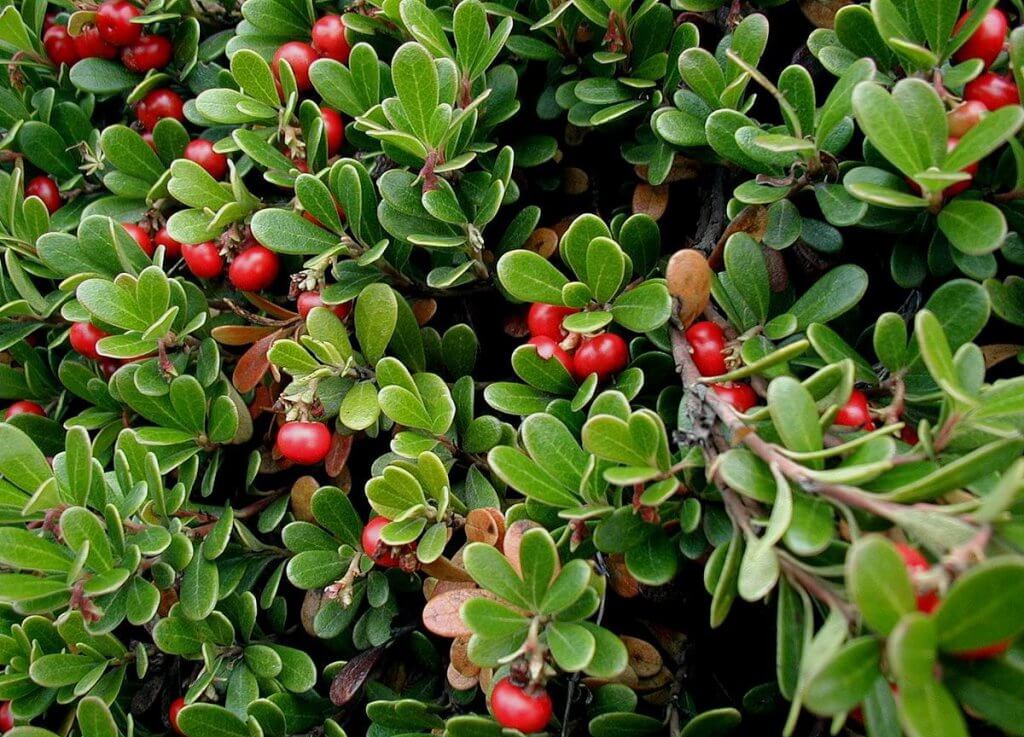https://bonnercountydailybee.com/ne...epared a cider-like beverage from the berries.
“Put that in your pipe and smoke it!” If you were an early pioneer, one of the Indian natives might have handed you some dried Kinnikinnick (
Arctosphylos uva-ursi) leaves and bark for that very purpose. Kinnikinnick, also called Bearberry, is a wild-growing ground cover found in most of the Northwest and western Canada at a variety of elevations and soil types.
Its name (
Arctosphylos uva-ursi) is redundant: arctos and staphyle are Greek for “bear” and “bunch of grapes.” And in case your Greek is a little rusty, we have it again in Latin: uva, “grape” and ursus,“bear.” Its alternate common name “Bearberry” says it all.
Algonquin tribes dubbed it Kinnikinnick, which means “smoking mixture.”
In late summer the flowers give way to round fruits called drupes, ranging from 1/4- to 1/2-inch in diameter. Each drupe contains five nutlets (seeds), and ripens to a bright red in the fall. “Tasteless and insipid” is how Meriwether Lewis described them in his 1806 journals. Edible, but mealy and bittersweet when raw, Kinnikinnick berries are sweeter when boiled and dried. The Okanogan-Colville tribe cooked them with venison or salmon, or dried them into cakes. Indigenous people in California prepared a cider-like beverage from the berries.


















































